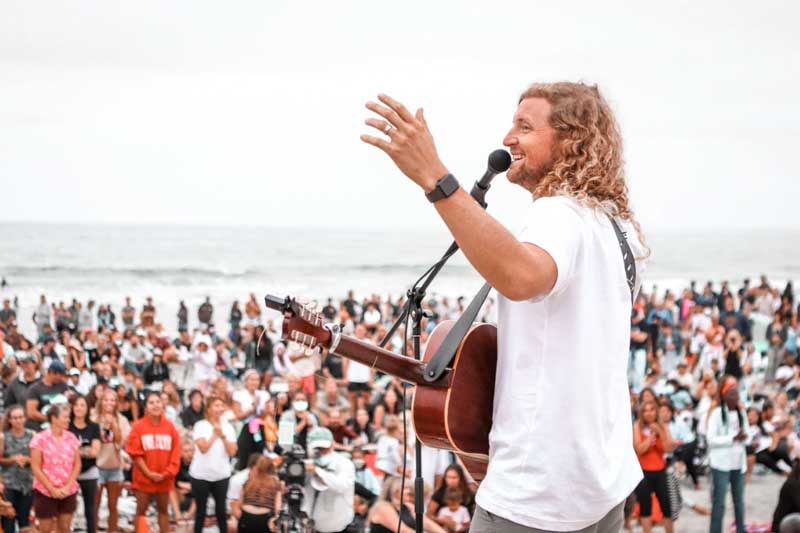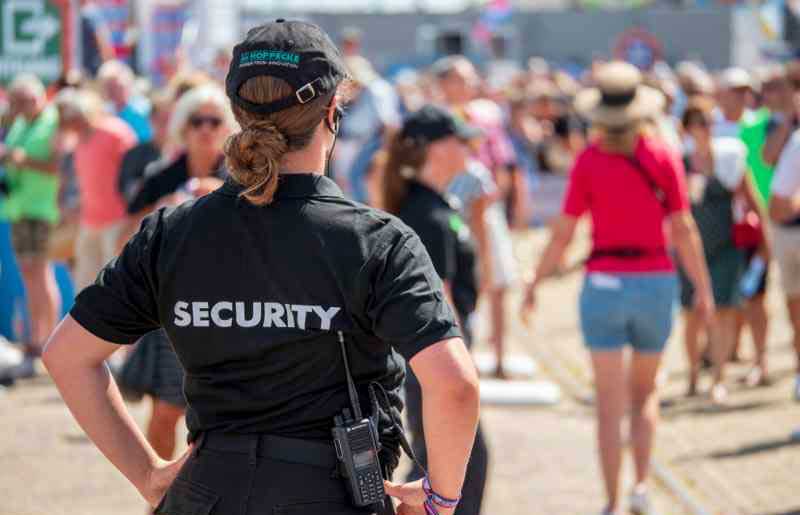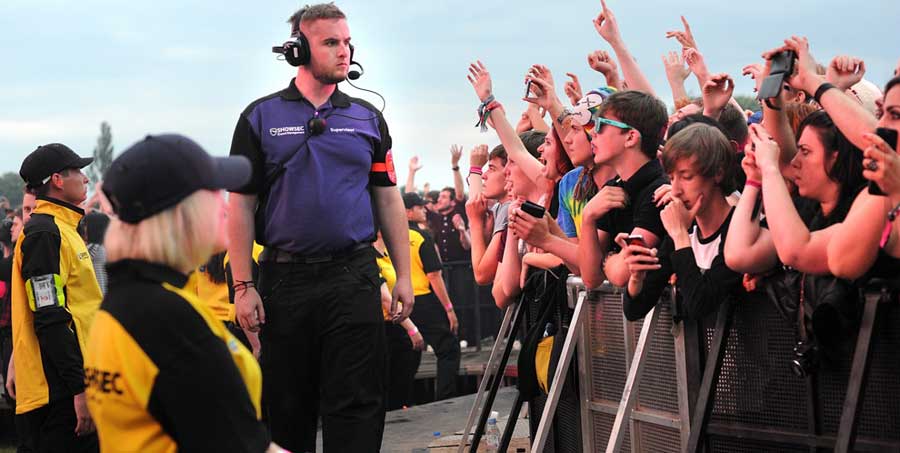5 Crowd Control Tips for Large-Scale Events
As venues reopen post-lockdown, the appetite for large-scale events has never been bigger. If you’re looking at planning an event, safety should be at the top of your priority list. Big events, particularly, entail a high level of risk due to the size of the guest list.
As an organizer, being responsible for the safety of such large numbers of people can be a daunting prospect. Luckily, we’ve condensed everything you need to know about keeping your crowd control into five key tips.

1. Carry out a risk assessment
Conducting a risk assessment should be one of your first jobs you pursue. The aim is to identify all potential risks that could occur during the event. These will be specific to the
- venue
- the type of event
-
the audience
Let’s start with the venue. Here, identify any risks that may arise from the venue design. For example, are there any spaces in the venue where crowds could pile up to dangerous levels? Are there any slipping hazards, such as steep staircases or areas with poor lighting? Once you’ve identified the risks, you may decide to seal off dangerous parts of the venue from the public.
Next, consider risks associated with the event type. Are the performers or hosts at your event likely to attract any agitators? A political rally may flag up more security concerns than a business conference, for instance.
Closely linked to this point is the audience you expect to receive at the event. Could they be targeted by any groups? Can you expect your attendees to be well-behaved?
Once you have asked yourself these questions and identified all risks, make sure you respond to them with appropriate safety measures.
2. Managing crowd control with assigned seating
One big safety concern when it comes to crowd control for large-scale events is overcrowding. As an organizer, you can take steps to prevent this by spreading attendees across the venue space.
Create different seating zones to section off the crowd
Segment the venue into different zones and ensure that event-goers stick to their assigned area. If you’ve hired an indoor venue, consider using an assigned seating plan.
This helps attendees keep their distance from one another and also lets you know where each person in the venue is placed in the event of an emergency. Crowd control methods like stanchions with chains can also be effective if you will have a queuing system with social distancing.
Using a dedicated ticketing service like Purplepass can help to simplify the seat allocation process for organizers and ensure crowd safety.

3. Establish a security system
Security is there to protect you against external threats on the day of the event. It needs to be presented at every stage: outside the venue, at the entrance, at concession stands, and in the primary viewing area.
There are several measures you can incorporate into your event security system.
- Establish security checkpoints away from the main entrances
- Metal detectors can pick up dangerous items
-
Security cameras dotted around the venue can help your team stay on top of activity
Your dedicated security team should be well-trained and in constant communication in order to quickly put a stop to any threats.
4. Have an emergency plan
Even when all precautions are taken, emergency situations may still arise. In the event of a crisis, you need an emergency plan so that the event staff remain calm and protect attendees.
Think about all the emergencies that could arise—be it a fire or shooting—and create a contingency plan for each scenario.
This plan should account for evacuation strategy, emergency services contacts, staff rendezvous points and safe rooms. Each staff member should know their specific role within this plan.
Any crisis is difficult to respond to, but if event staff are well-versed in the emergency plan, casualties can be kept to a minimum.

5. Invest in your staff
All of your staff, not just the security team, have a responsibility to keep crowds safe during an event.
Every team member, from stewards through to caterers, should receive relevant training on how to maintain safety in their respective field. For example, stewards need to manage and monitoring crowds. We should train chefs to adhere to food safety standards.
Organizers should also consider hiring trained medical staff for the event. Emergency services can’t always be depended on to arrive quickly at the scene, so having a dedicated medic on hand could be the difference in preventing a serious injury or death.
Final thoughts
With ample preparation, effective response systems and a team of dependable staff, you can make sure that your next large-scale event is a safety success. Listen to our podcast episode on event safety for more information on managing crowd control.
 Author: Murray Bilby
Author: Murray Bilby
Crowd Control Expert at Todoos. Todos specializes in everything that warehouse managers may require for seamless functioning of their facility – from queuing systems to waste receptacles, cigarette receptacles, signage, and even barriers
for restricting access to areas where only a selected few are allowed.






